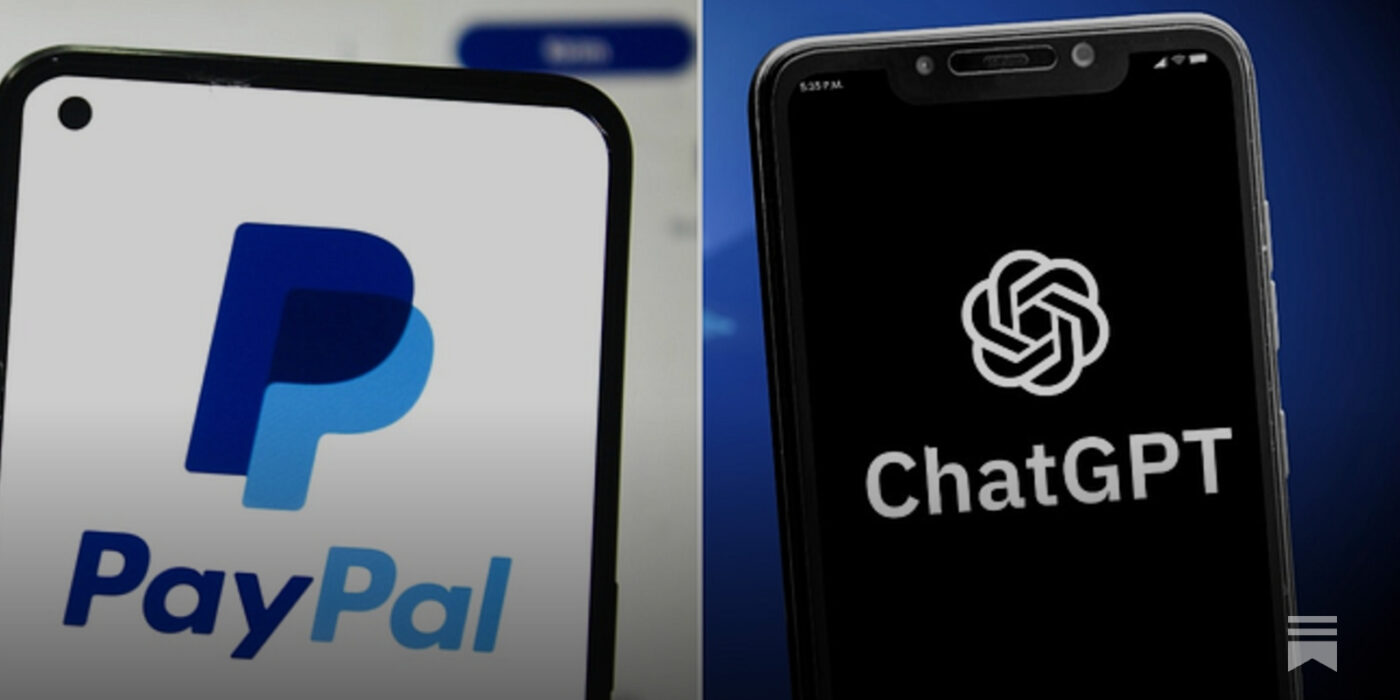Over the course of my career to date I’ve seen a lot of the good, the bad, and the ugly when it comes to PR: the campaigns that soar and the ones that fall flat on their face. The truth is, most flops don’t happen because an idea was “bad,” (although many still do) they happen because of avoidable mistakes. Far too often, businesses shoot themselves in the foot with unforced errors, then wonder why their campaign got no traction.
In this article, I’m going to share some of the most common pitfalls I see again and again from brands, and the things that nearly guarantee your PR will fail. More importantly, I’ll provide some hints and tips on how to avoid these pitfalls.
We’re talking about mistaking marketing for news, assuming journalists will bend hard rules because they like you, writing releases full of fluff instead of facts, and banking your entire strategy on once in a blue moon unicorn coverage. If you’ve ever wondered why your campaign didn’t land, you might just find the answer below.
1. Thinking “If We Like It, Journalists Will Too”
One of the most fundamental mistakes is confusing internal enthusiasm with external newsworthiness. Companies often fall in love with their own story, a new product launch, a rebrand, an award win, and assume the media will feel the same.
The problem? Journalists aren’t your marketing team. Just because something excites you doesn’t mean it will excite their readers.
What to do instead: Pressure test every idea with brutal honesty. Ask: Is this genuinely newsworthy? Would it interest someone outside your company bubble? If the answer isn’t a clear yes, rethink how you package it or accept it might not be a PR story at all.
2. Ignoring What Journalists Actually Cover
You might have a brilliant story, but if it has no “home” in the media, you’re sunk. National newspapers and big outlets are split into desks such as health, travel, sport, finance. If your pitch doesn’t neatly fit one, it often won’t land, no matter how clever it is.
What to do instead: Always map your story to the right beat. Research which desks and journalists cover your topic before pitching. If there’s no obvious fit, either adapt the angle to one that does work or don’t pitch it.
3. Treating Journalists Like Your Mouthpiece
PR dies a quick death when it becomes too commercial. Journalists switch off the moment they sense you’re trying to push a sales message disguised as a “story.”
For example, “Survey by Tony & Guy finds shoppers love haircuts” is transparently self serving. Compare that with M&S launching the unusual “strawberry sandwich,” which created a genuinely newsworthy talking point that went viral.
What to do instead: Anchor your PR to values, culture or consumer trends rather than your sales pitch. Make it about the audience, not you. If your story doesn’t pass the “would this look like an advert?” test, rework it.
4. Writing Marketing Copy Instead of News
This one’s a classic. Companies write press releases like brochures, full of adjectives, fluff, brand slogans and “marketing puff.” To a journalist, this isn’t just unhelpful, it’s an immediate red flag.
Journalists want facts, clarity and relevance. If they can’t find the news angle in the first few lines, your release is going straight in the bin.
What to do instead: Write like a journalist, not a marketer. Strip out the fluff, ditch the slogans, and lead with the actual story. A press release isn’t a glossy ad, it’s a pitch to persuade someone that your story is worth their time.
5. Relying on Relationships to Push Weak Stories
Having good media contacts is invaluable, but it’s not a golden ticket. Journalists can’t and won’t run stories that don’t fit their beat, don’t interest their readers, or break editorial guidelines.
Assuming they’ll “do you a favour” by publishing weak content not only risks rejection, it risks damaging the relationship.
What to do instead: Respect the professional boundaries. Focus on providing stories that genuinely help journalists do their jobs. If you consistently bring value, the relationship will thrive. If you consistently bring duds, no relationship will save you.
6. Overestimating Your Story in a Crowded Market
Remember, you’re not just competing with other brands in your sector, you’re competing with hundreds of pitches landing in a journalist’s inbox every day.
If your story isn’t sharp, timely and genuinely engaging, it won’t stand out. And no amount of “but we really want coverage for this” will change that.
What to do instead: Benchmark yourself honestly. Read what’s being published today on your target outlets. If your pitch doesn’t stack up against what’s live right now, it’s not ready.
7. Chasing Only Unicorn Coverage
Every so often, a brand lands a dream piece of coverage, a perfect feature in a top tier publication that nails their narrative. These are rare, precious wins, but too many businesses assume they can build an entire PR strategy around them.
The reality? Even the best PRs in the country only land unicorn coverage occasionally, after months of work. Basing your expectations on it as an everyday occurrence is naive.
What to do instead: Build your strategy on consistent, realistic wins. Target coverage that meets journalists where they are, not where you wish they’d be. See unicorn coverage as a bonus, not the baseline.
8. Using Empty, Fluffy Language
If there’s one thing guaranteed to make a journalist roll their eyes, it’s vague corporate fluff like: “We’re championing transparency in a changing world.”
It sounds lofty, but it means nothing. Journalists don’t want brand slogans. They want substance, stats, and stories readers can latch onto. More importantly, adding it in there won’t make them publish it. It will just annoy them.
What to do instead: Translate values into action. Don’t say you “champion transparency,” show it. For example: “Survey finds 4 in 5 business leaders worry about lack of supplier transparency.” Tangible beats fluffy every single time.
9. Forgetting the Need for Speed
News moves fast. Journalists work to brutal deadlines, and if you can’t get back to them quickly, they’ll move on without you.
Internal processes, sign offs and delays are death to PR opportunities. By the time you’ve finally approved that quote, the moment’s gone.
What to do instead: Prioritise speed. Empower your PR team with pre approved quotes, data, and spokespeople so they can respond quickly. If you can’t move at the pace of the newsroom, you’ll always be too late.
10. Giving Up After the First Try
Sometimes, a good story doesn’t land right away. Maybe it’s a busy news day. Maybe the timing’s off. Maybe it just didn’t resonate first time around.
Too many businesses throw in the towel immediately, assuming a flop is final. But PR isn’t a one shot game.
What to do instead: Reframe, repitch, retry. Shift the angle. Wait for a quieter news cycle. Often, the second or third attempt is the one that hits. Persistence with the right story pays off.
11. Underestimating Journalists’ Intelligence
Trying to finesse a story by leaving out inconvenient details or dressing up weak information is a rookie error. Journalists are trained to sniff out spin.
If they catch you being less than transparent, you won’t just lose the story, you might lose their trust long term.
What to do instead: Respect their intelligence. Be upfront, be accurate, and trust that honesty will serve you better than clever wording. A slightly weaker but honest story beats a misleading one that blows up in your face.
Conclusion: What Businesses Need to Do More Of
The big picture? Successful PR comes down to respecting the rules of the game. Journalists are not an extension of your marketing team. They have their own goals, their own readers, and their own editorial standards. If you ignore that reality by pushing only commercial fluff, expecting unicorn coverage, or overestimating the appeal of your story, you’re setting yourself up to fail.
What businesses need to do more of is simple. They need to start thinking like journalists rather than marketers, anchoring their stories in genuine audience value instead of internal agendas. They should move quickly when opportunities arise, be open and transparent in their communication, and focus on building relationships that are based on genuine give and take rather than wishful thinking.
When you do those things consistently, coverage follows. Not every time, not in every outlet, but enough to build traction, trust and reputation over time.
Need Help Getting Traction With PR?
If you’re struggling to find the right narrative, cut through the fluff, or get your stories in front of the right journalists, that’s where we come in. At Koozai, we specialise in helping brands turn ideas into campaigns that land.
Get in touch today and let’s make sure your next PR campaign flies instead of flops.







Leave a Reply